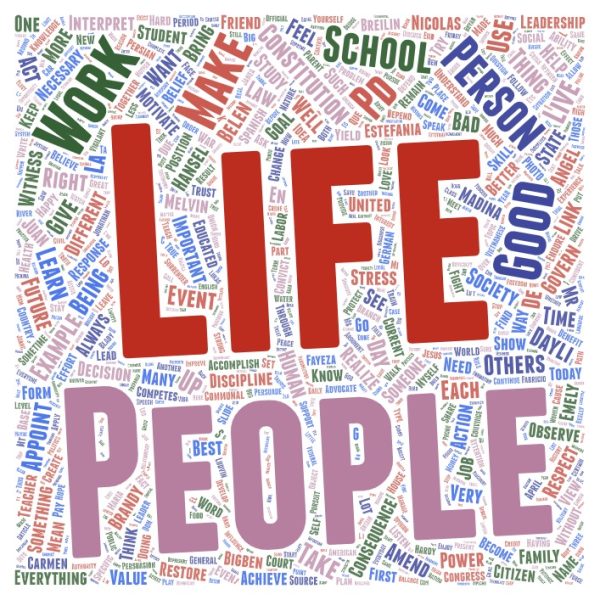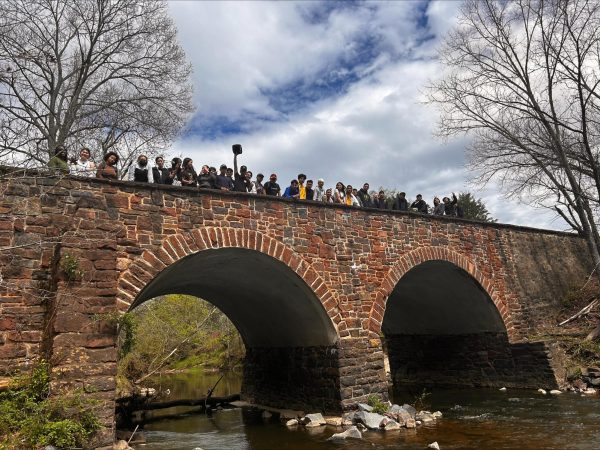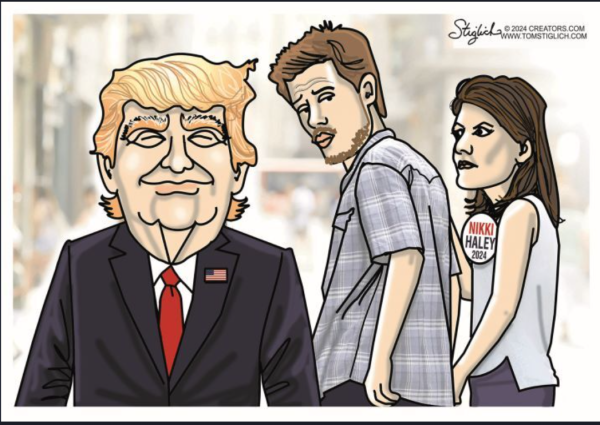Patriots and Loyalists; The American Divide
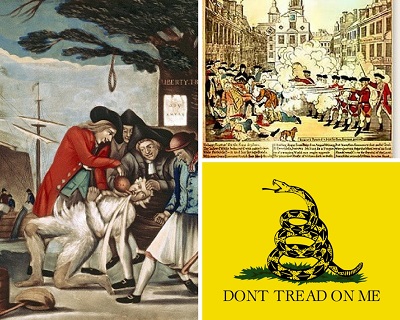
Philip Dawe on the left and Paul Revere on the right demonstrate the Loyalist and Patriots perspective leading up to war.
Perspectives on the Historic Choice of 1776
Was the Revolution the Right Choice in 1776? The costs and benefits of colonial independence.
How did the colonists come to the brink of war in 1775? In 1763 they were celebrating military victory with Britain, and now, only twelve years later, were heading into a fateful war against Britain, long cherished as the Mother Country. Why did many turn from dutiful subjects to defiant Patriots? And why did many remain loyal to Britain and predict dire consequences of rebellion? When did resistance become rebellion, and when did rebellion become revolution? – Americainclass.org
The revolution did not happen in a day. There was a long period of time where frustration was growing. The first English colony began in 1607 in Jamestown, Virgininia. This was a result of the early competition of European political and economic powers for profit using the resources of North America. The founding of Jamestown by the English would lead to the establishment of 13 English colonies in North America.
(map of 13 colonies)
A turning point in British power and colonial desires for independence came 12 years before the first conflicts of the Revolutionary war with the conclusion of the French Indian War in 1763. This war of the British Empire against the French and the Spanish could really be called the first world war and is also known as the Seven Years War. The American colonists fought bravely to ensure a British victory and in doing so they saw their potential for independence. They realized that the British would never win without them and that they could succeed without the help of the “mother country”. From a British point of view the American colonists were protected with the strength of the British army and needed to pay taxes for that protection. This was the beginning of the great divide that would separate Colonial Patriots from British Loyalists.
Over the next 12 -13 years one issue of high frustration by the colonists was individual rights. This was demonstrated in the grievances of the Declaration of Independence. The King continuously violated the peoples rights and took advantage of his power over them as King, denying them of any basic human rights. The American Patriot wanted self government and believed in the English ideals of natural rights and social contract government for all citizens.
“But when a government continually violates the rights of people, clearly and with the purpose of exercising absolute power over them, the people have a right and duty to throw off that government. That is exactly what has happened here in British America, and which compels us to throw off the government of Great Britain. The current King has continually violated our rights, obviously intending to exercise absolute power over us. These violations include (He=King of England, us=colonists).”
It is interesting to note as the video above states that the founding fathers like Thomas Jefferson saw the injustice of slavery in light of their ideals of equality. When we stand in the obvious shadows of injustice we try to put blame on anyone but ourselves. Thomas Jefferson who himself owned many slaves in Virginia tried to but blame on King George of England for profiting off of an unjust slave trade. The group of editors decided to take out any mention of slavery from the Declaration of Independence but this shows how neither side was completely justified in their actions. The British actually outlawed slavery years before the Americans. Another issue was the Stamp Act and the Townsend Acts . These laws made the people pay expenses that went directly to the King for the defending, protecting, and securing the British colonies and plantations. The tax “Will be paid into the receipt of his Majesty’s treasury, and will be entered separate and apart from all other monies, and will be there reserved to be from time to time used by parliament, towards further paying part of the necessary expenses of defending, protecting, and securing, the said colonies and plantations.”
Perspectives of the costs and benefits of Declaring Independence
Who were the LOYALISTS and who were the PATRIOTS?
The loyalists were colonists during the Revolution period who supported and stayed loyal to the British monarchy. They were also known as King’s men, Tories, and Royalists. Patriots were the colonists who rebelled against British monarchical control. They were also known as Whigs.
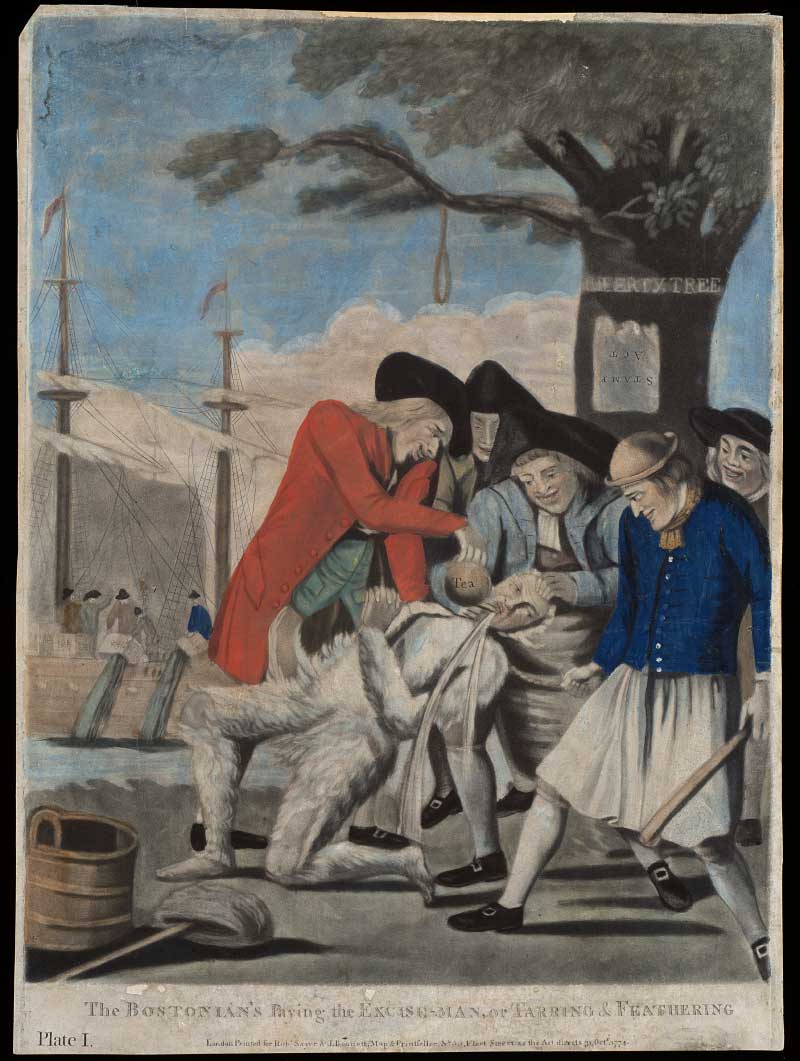
The Patriots did not accept any tea sent to them. They dispose of it and punish those sending or taxing the tea because they do not want the British crown to make profit from them. The artist, Philip Dawe of London, is showing groups of Patriots throwing away the British tea and punishing the royal tax collector. The “liberty tree” in the background shows the loyalist fears of lawless violence in the streets. The Stamp Act is upside down and a hanging rope threatens death. The loyalist wants business as usual because they benefit from law and order in the British colonial system. This image was meant to help peopletake the threat of revolution seriously.

http://historymatters.gmu.edu/d/6804/
As the title of this image already demonstrates the perspective of the British military by the Patriots. The message the artist is trying to show to the audience is the violence being used and all the blood on streets from the victims. Paul Revere was an American Patriot who was present as an eye witness and was trying to get an emotional reaction with this painting. The image only exaggerates one side of the story because it does not show how the Patriots first threw icy rocks at the British soldiers. The influence this image may have had on those viewing it was realizing the lengths the men in red are willing to go to with anyone that fights against them or disagrees with them whether they are armed or unarmed. This image helped the Patriots cause because it caused anger against the British occupation.
Sources:
https://research.colonialwilliamsburg.org/Foundation/journal/autumn11/tea.cfm




